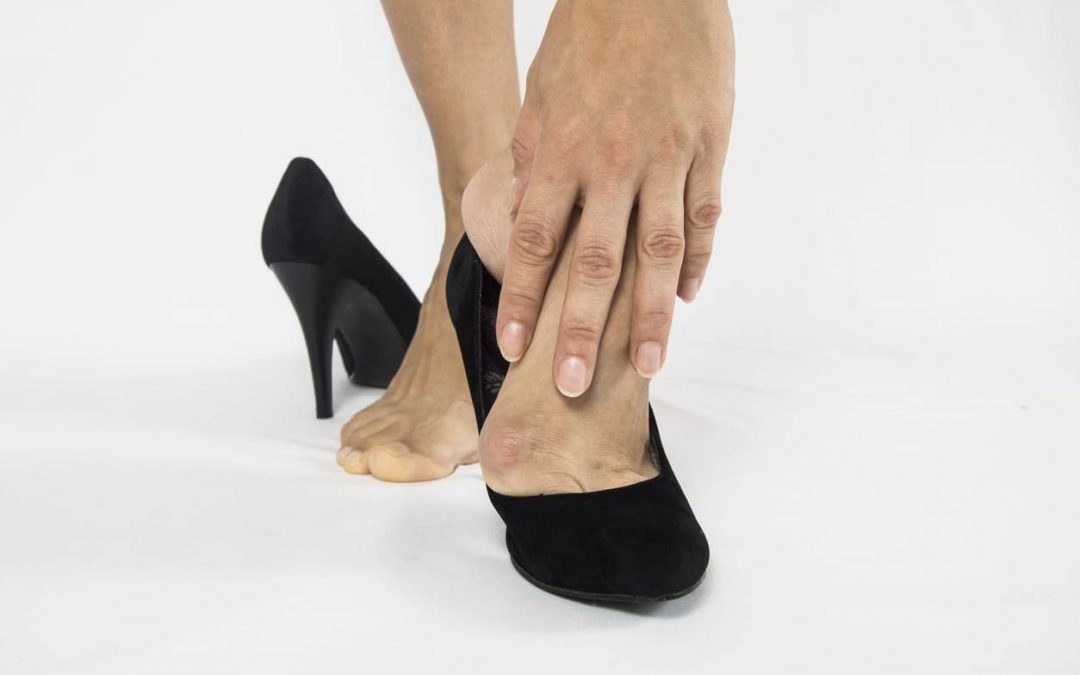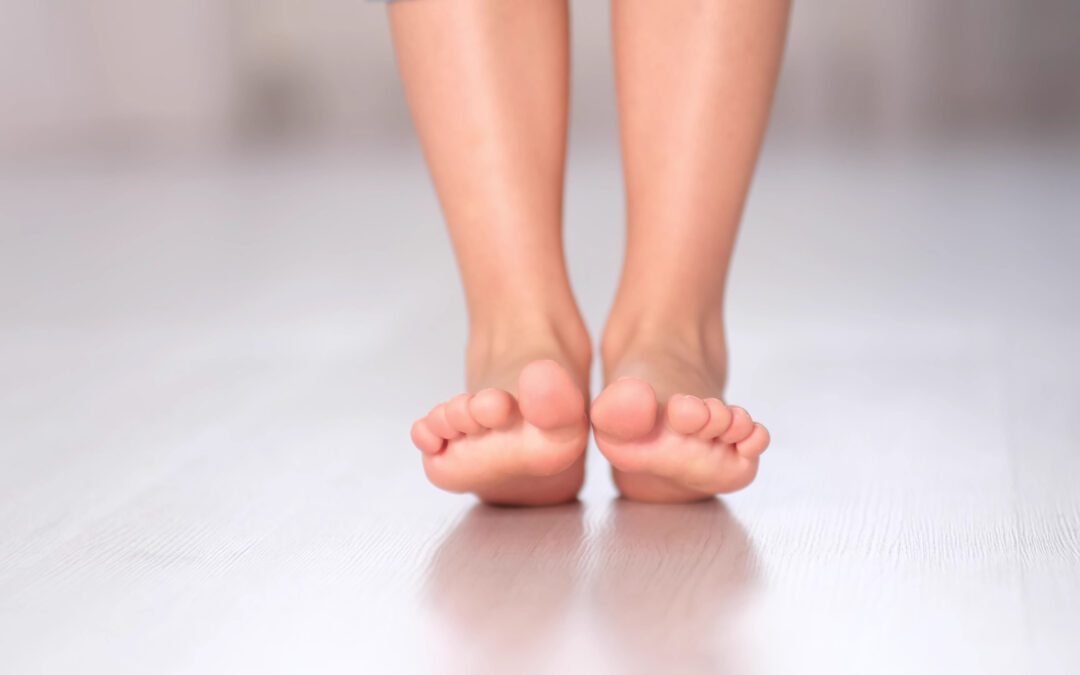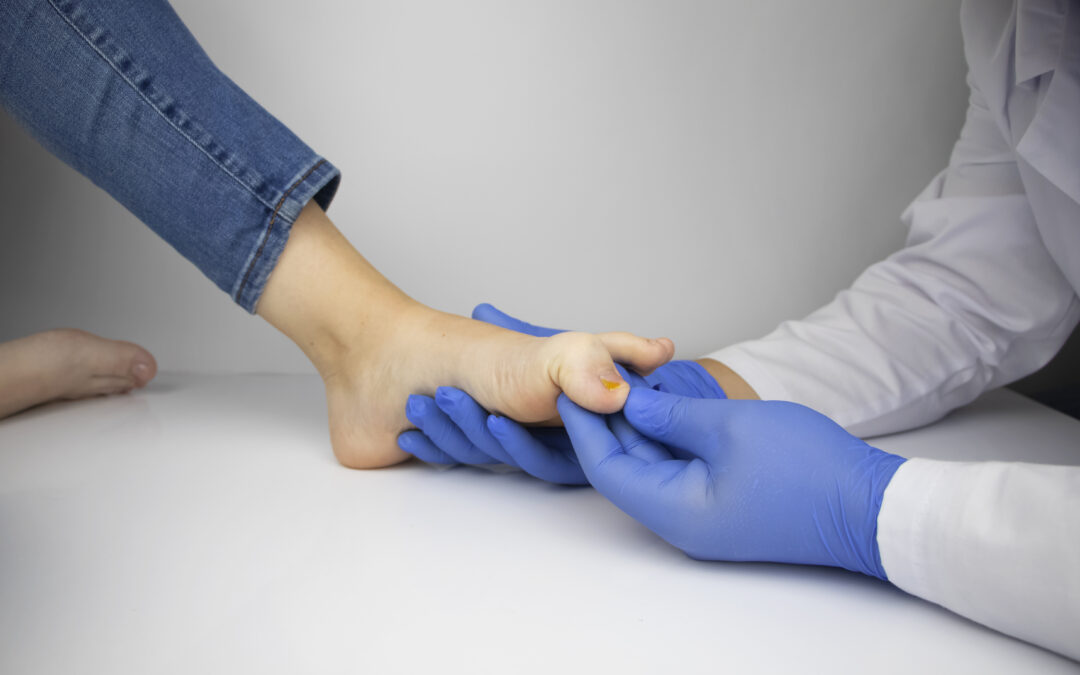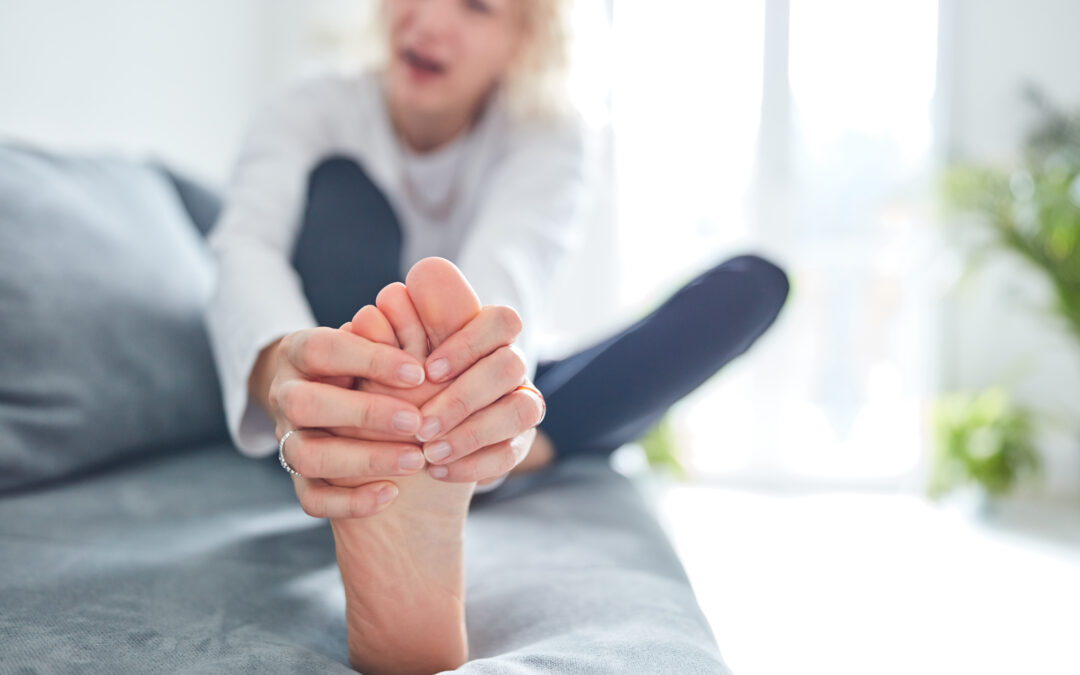An integral part of almost every woman’s shoe rack is high heels. Women are simply in love with how they look. However, they hate having to walk around in them for very long because high heels aren’t the most comfortable shoe wear. But many women wouldn’t be wearing high heels if they knew that it could eventually result in the need for bunions surgery.
Picture yourself in the retail store choosing a new pair of heels. Being completely honest with yourself, do you select the shoes that look the best on you or those that are the most comfortable? Don’t worry – we all fall into this trap of fashion over comfort. But here’s something for you to keep in mind next time you’re out shoe shopping: wearing high heels can lead to the development of painful bunions.
High heels make you look smart, stylish, fashionable, and modern, but if you wear ill-fitted high heels just for the sake of it, you will end up experiencing foot problems that can often cause bunions that can result in excruciating pain. If you experience extreme bunion pain, the doctor might advise bunions surgery.
But let’s take a step back and examine what are bunions and how they develop.
Definition of Bunions
When the big toe joint develops an enormous bump made of bones, especially on the insides of the foot, this is called a bunion. They don’t happen at once, but grow slowly and gradually become worse with time.
To be more specific, bunions occur when the bones located at the metatarsophalangeal joints become misaligned. This typically happens when there is excessive pressure on the big toe joint, which the big toe can’t perpetually tolerate, eventually causing it to lean on the second toe for support. A bump forms over time due to the change in the bone’s typical structure.
Usually, bunions develop at the joint of the big toe, but there are possibilities of it developing on the exterior portion of the pinky toe, better known as a bunionette or Tailor’s bunion. Approximately 23% of adults between the age of 18-65 tend to develop bunions. But this number increases to 35.7% with older people, especially above the age of 65.
What Causes Bunions?
Bunions occur more often in women than in men, usually due to the poor choice of shoes. But here are the typical causes of bunions:
- Shoes with a tight toe box, like high heels or shoes that are just too small
- Genetics or heredity
- Existing diseases like neuromuscular disease or rheumatoid arthritis – bunions are commonly associated with these conditions
How Do You Relieve Bunion Pain?
Keeping in mind that tightly fitted shoes or high heels cause bunions, the first step to relieving the excruciating pain is to start wearing only comfortable shoes that have enough toe space. You must eliminate the pressure on the toe in order to get rid of the pain. There are many shoes specifically designed for relieving bunion pain, but it’s best to consult with your local podiatrist to see what is the best path of healing for your feet.
How Do You Treat Bunions?
Begin by scheduling a visit with your foot doctor to see what is the best way to treat your unique case of bunion development. Here are some typical methods for treating bunions:
- Use shoes with a wider toe box
- Use bunion-shield padding to help ease the pain
- Apply ice at frequent intervals to minimize swelling
- Wear special tailored orthotic devices
- Schedule bunions surgery to help correct your feet if prescribed by your podiatrist
Contact our bunion surgeons in Baltimore to know more and discuss if bunion surgery is right for your condition.
Time to See a Podiatrist?
If you have any of the issues described above, it’s time to consult an expert. Connect with Podiatry Associates for an evaluation. All of our doctors are board certified/qualified and we’re dedicated to preserving your foot health.





